
Discover more about our brand new free family workshop, Game On, celebrates 40 years of gaming.

Discover more about our brand new free family workshop, Game On, celebrates 40 years of gaming.
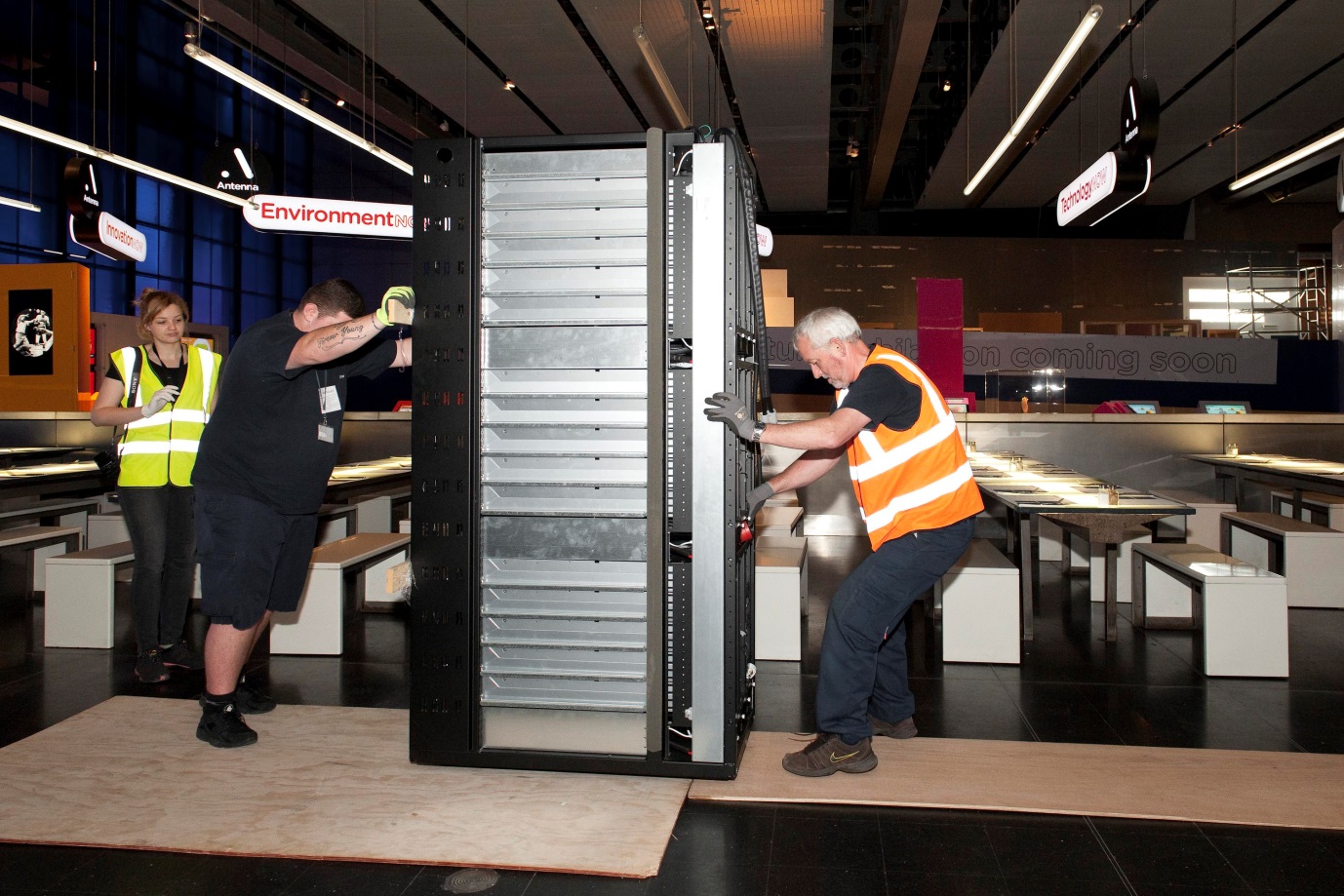
How do you move an 800kg Facebook server into the Museum? Content Developer Sheldon Paquin explains more.
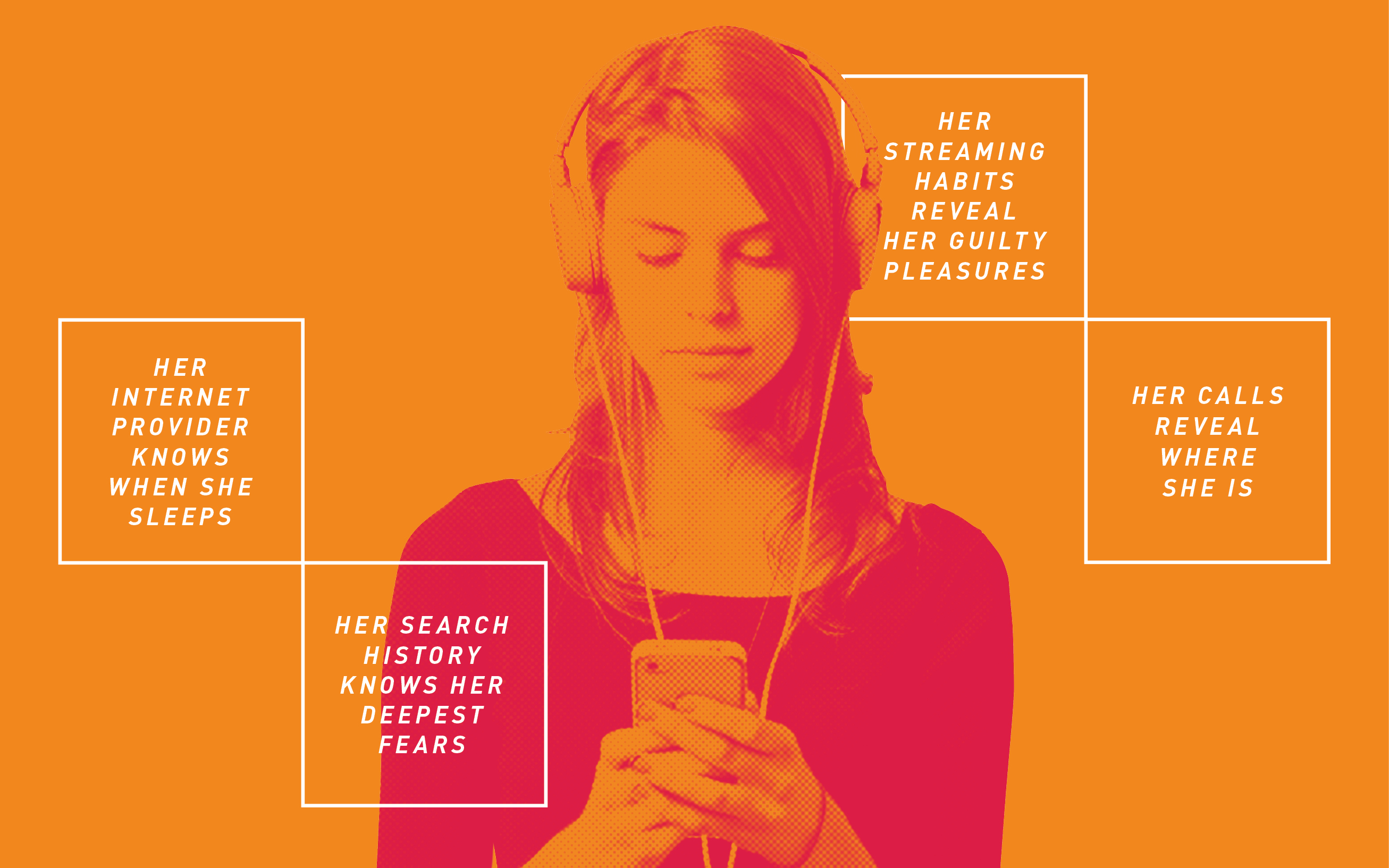
The second in our series of blog posts on big data explores machine learning and the quantified self movement.
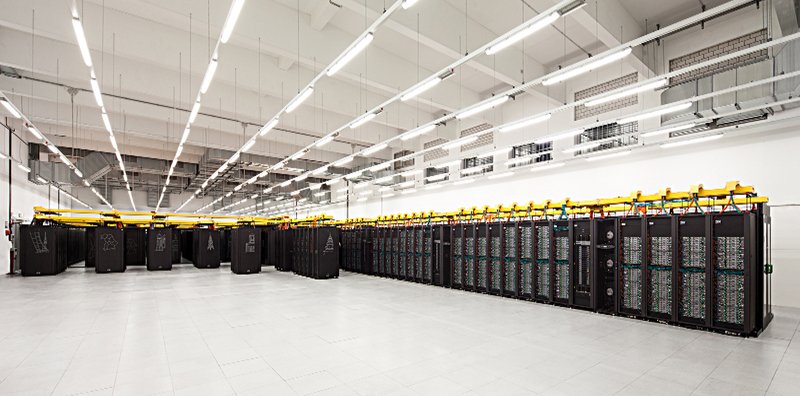
Roger Highfield describes a milestone supercomputer simulation that provides a glimpse of the future of medicine.
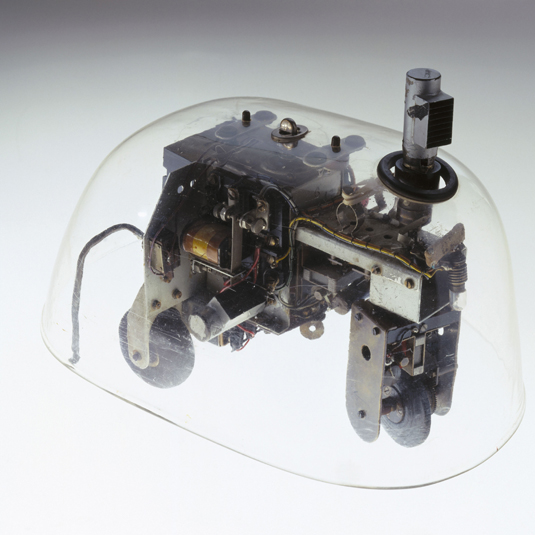
Roger Highfield explores what to think about machines that think.
Our Ada Lovelace exhibition celebrates the bicentenary of Ada’s birth (10 December 1815) and opened on Ada Lovelace Day, an international celebration of the achievements of women in science, technology, engineering and maths. When Ada Lovelace had her portrait painted in 1835, she joked that her jaw appeared so large that the word ‘Mathematics’ could be written upon it. Mathematics and science were Lovelace’s passions and were often at the forefront of her thoughts. She spent much of her time studying […]
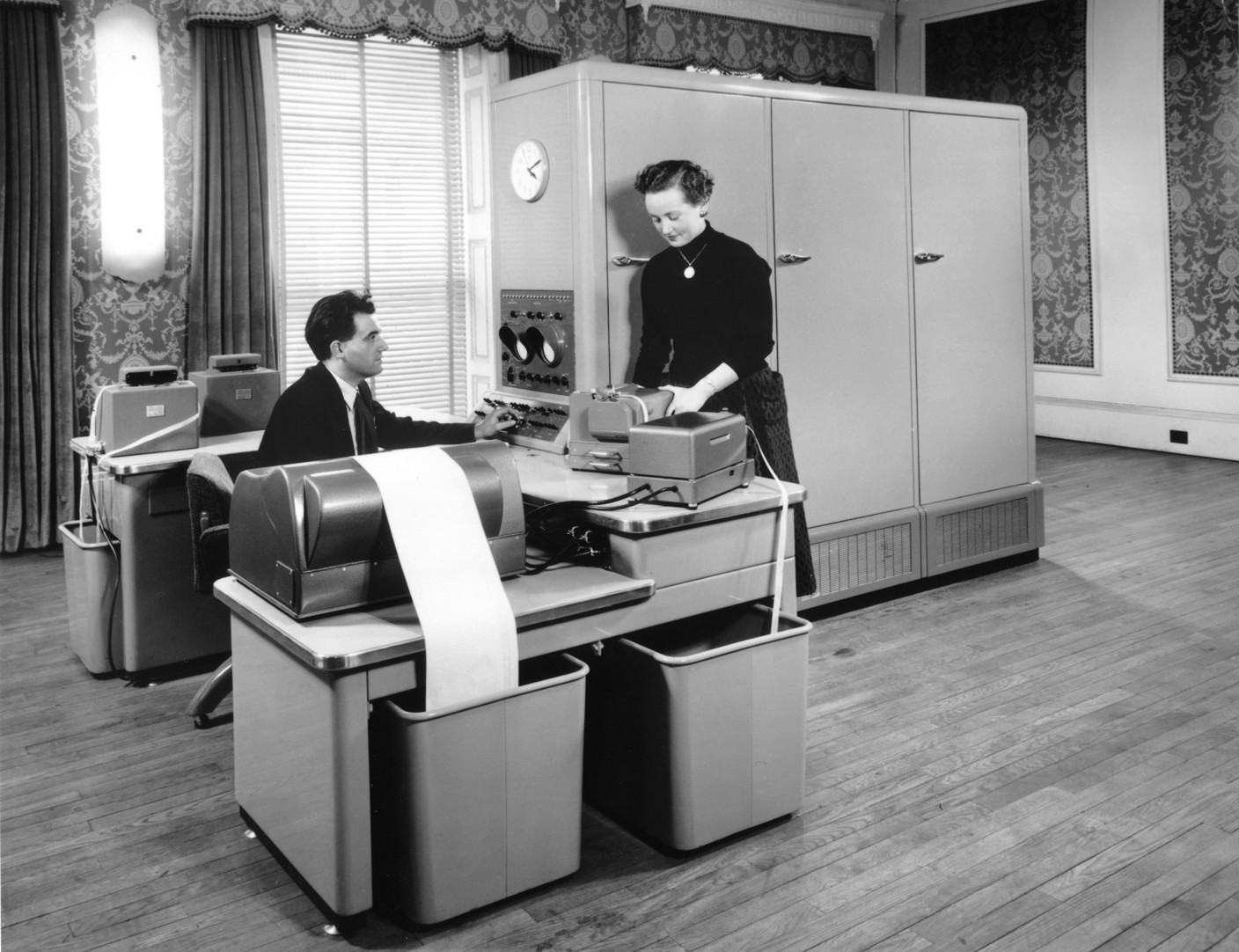
Volunteer Chris Burton reflects on helping maintain and run Pegasus, one of the oldest computers in the world.
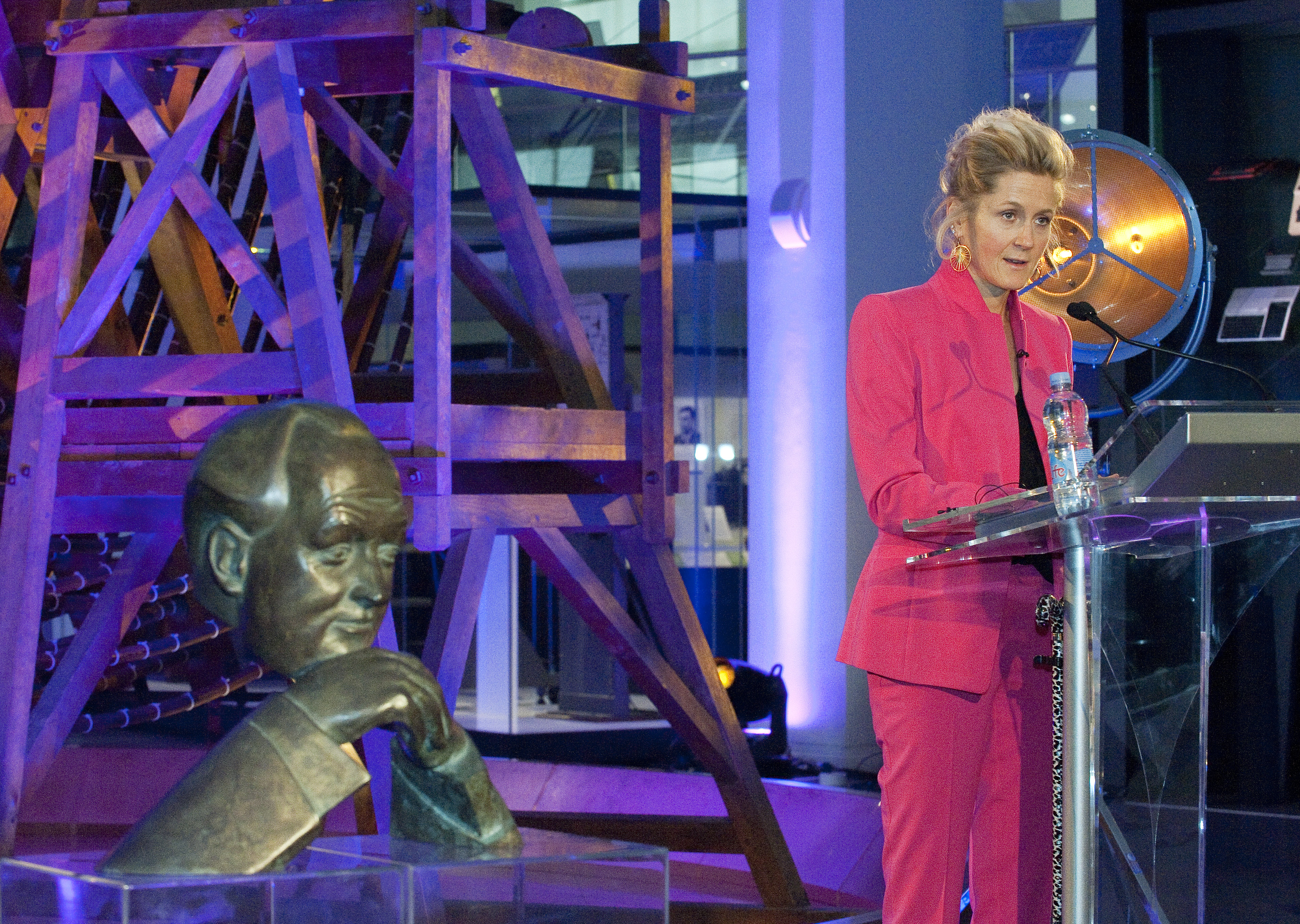
Baroness Martha Lane Fox, co-founder of Lastminute.com and chairs of the digital skills charity, Go ON UK, delivered the 2015 Richard Dimbleby Lecture from the Information Age gallery at the Science Museum.
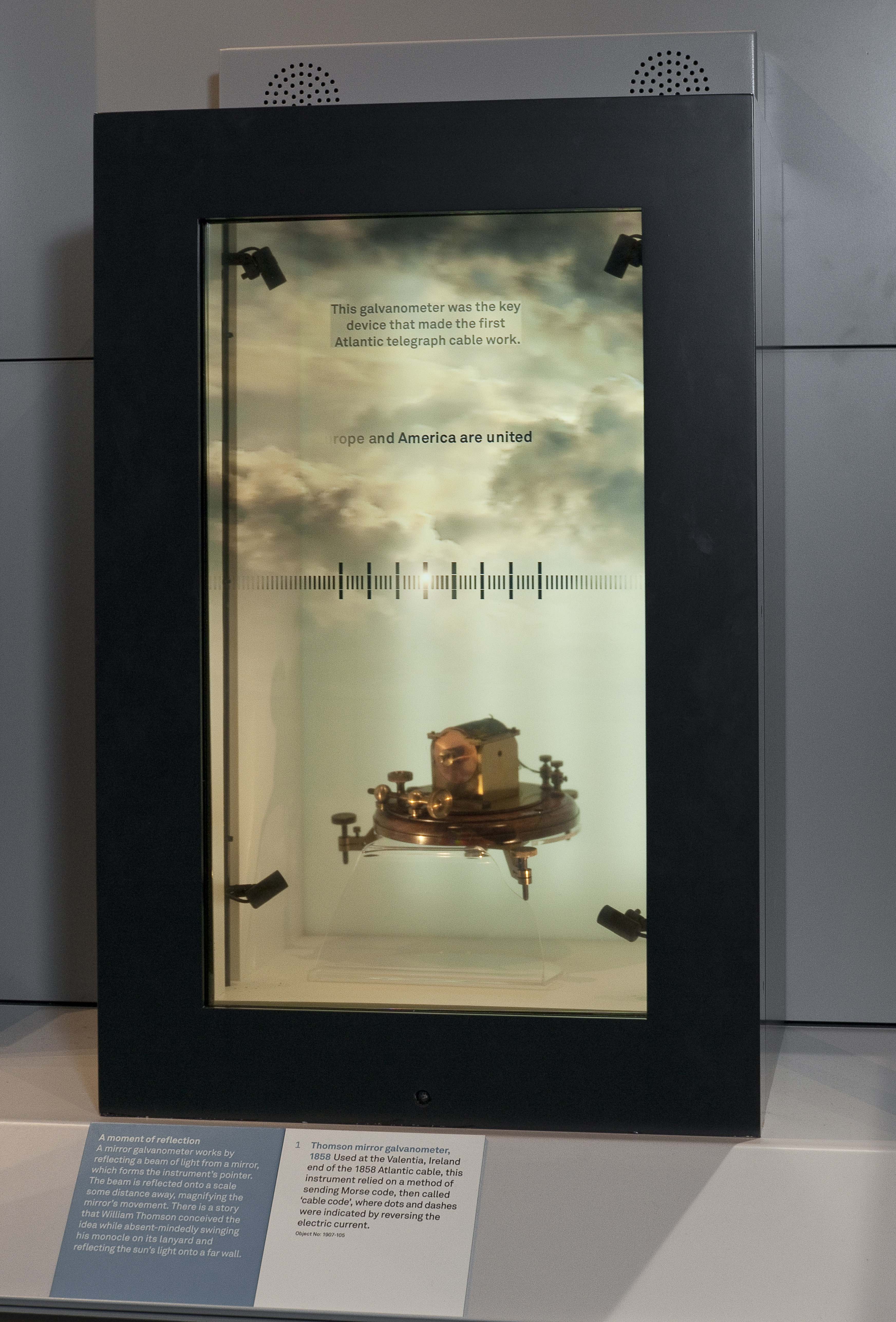
Featuring over 800 objects and spanning 200 years of dramatic moments in the history of communication and information technology, the Information Age gallery provided us with the perfect opportunity to bring a new edge to storytelling through the most advanced digital technology. In each of the six areas of the gallery (Networks) digital elements work in harmony with historical objects to help increase visitors’ understanding and enjoyment of the Museum’s collections. In a Science Museum first, the gallery features a […]
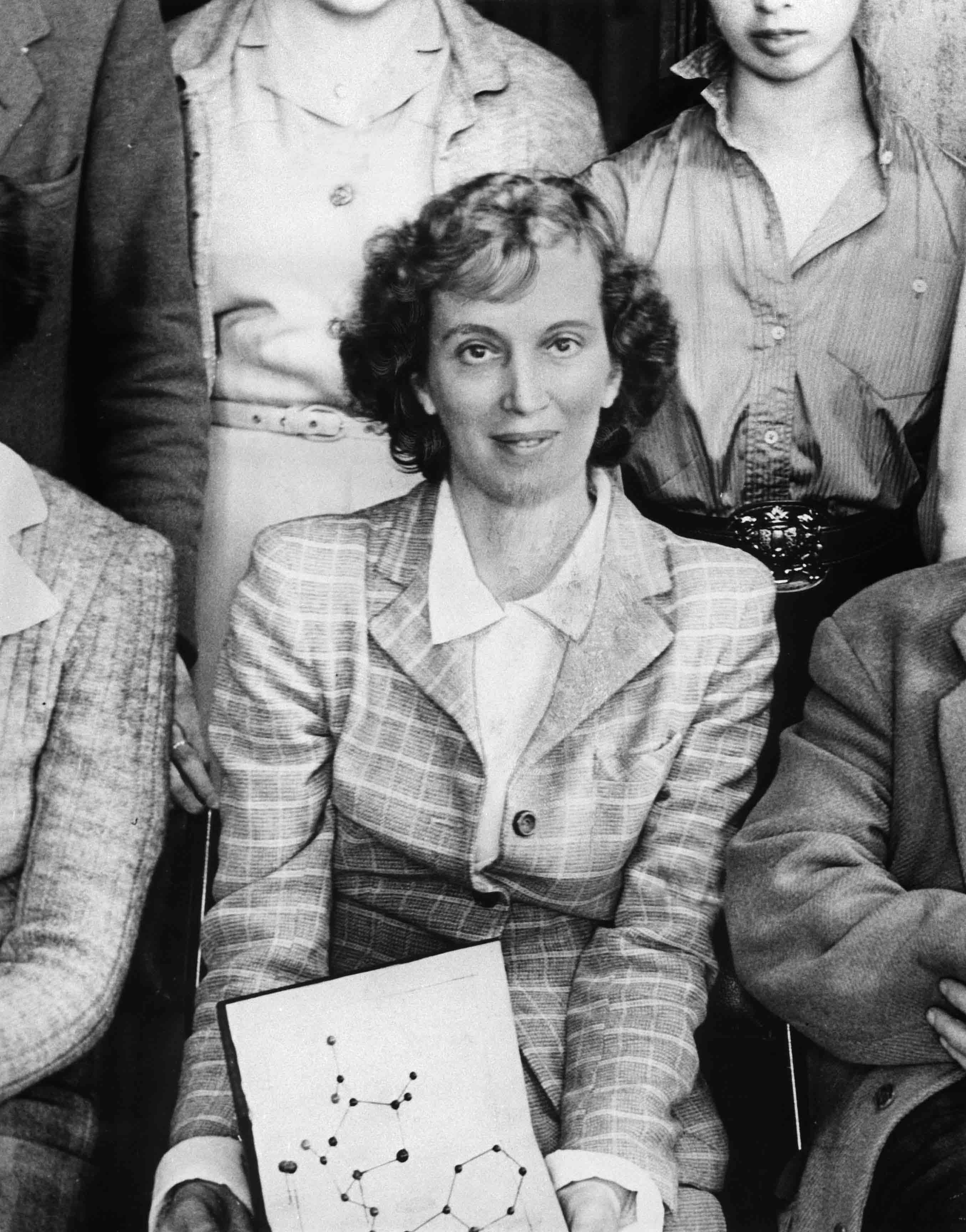
Curator Rachel Boon celebrates the work of Dorothy Hodgkin.
Audience Engagement Manager Jen Kavanagh explains how the new Code Builder workshop aims to inspire the next generation of programmers The Science Museum’s new Information Age gallery explores communication and information technologies and processes, including the development and use of computer networks. Computing is currently a hot topic for schools, with the launch of the new computer science curriculum coinciding with the opening of this new gallery. As a result, the team here wanted to explore how we could effectively respond to […]
Today (17 November) marks the 63rd anniversary of the LEO 1 (Lyons Electronic Office 1) computer, the first computer to be used in the workplace.